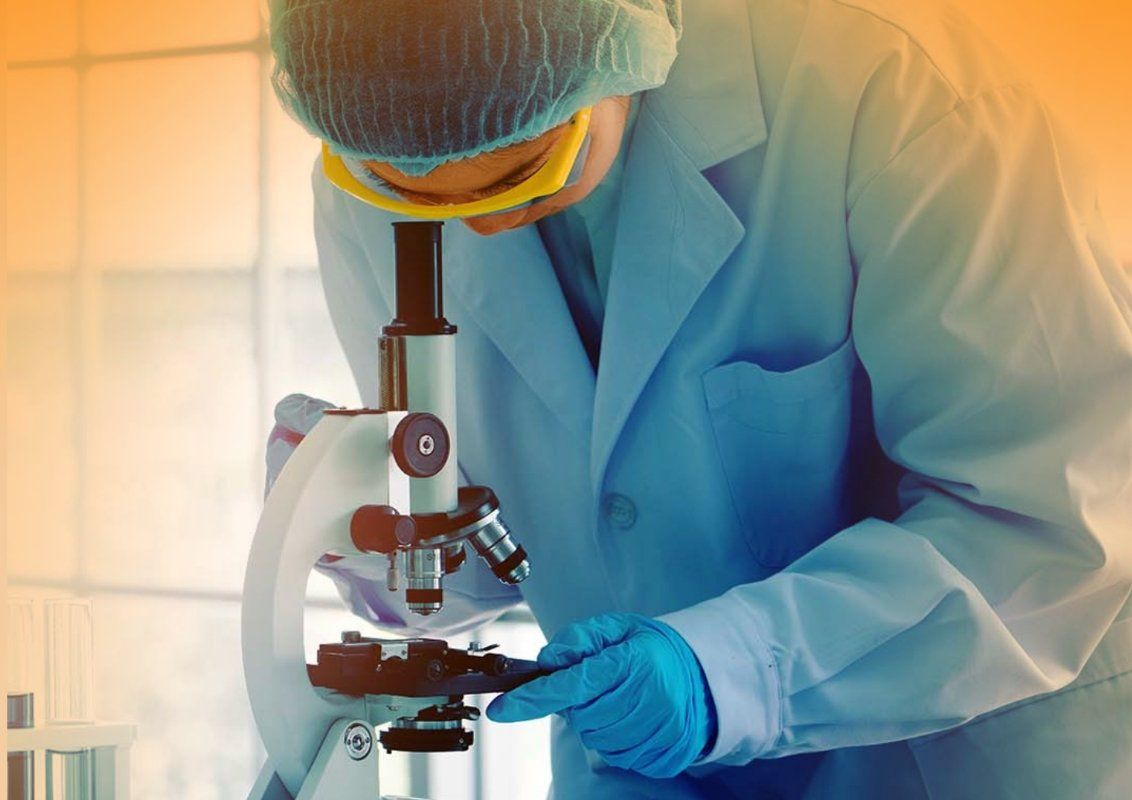Developing More Effective Medicine: The Protagonist Approach to New Peptide Discoveries
At Protagonist, our highly specialized team of technical experts have developed a proprietary technology platform that has led to numerous highly unique recipes in the field of peptide therapeutics. This enables us to discover peptides in a de novo fashion against a wide variety of targets and diseases, and engineer the desired degree of potency, specificity and selectivity, solubility, metabolic stability, and manufacturability with specific peptidomimetic and chemical modifications.
Breaking Barriers with New Peptide-Based Drug Candidates
The ultimate proof of success comes in the form of multiple peptide-based drug candidates - rusfertide and JNJ-2113 (formerly known as PN-235; partnered with Janssen) - that were discovered internally and are now in advanced stages of clinical development. With oral peptide JNJ-2113, we have potentially broken the barrier toward “oral peptides,” which is often considered the ideal goal in the field of peptides. More broadly, the platform has been applied to develop agonists and antagonists of a diverse array of difficult targets such as cytokines, cytokine receptors, integrin, transmembrane solute transporters, GPCRs, and ion channels.

Tools & Methods in Protagonist’s Groundbreaking Peptide Technology Platform
Our peptide technology platform encompasses multiple tools and methods, and proprietary know-how that enables us to engineer the desired degree of potency, specificity and selectivity, solubility, metabolic stability, and manufacturability with specific peptidomimetic and chemical modifications. These tools and methods include:
Molecular design tools and large virtual libraries of conformationally constrained scaffolds, collectively known as Vectrix™ - originally developed in the Australian laboratory of Mark Smythe, our co-founder, it allows for the de novo selection of naturally occurring peptide scaffold starting points using computational matching of functional and structural components of the selected targets.
Random/structure-based libraries and phage display techniques - allows for the discovery and optimization of peptide hits and leads in a de novo and/or focused manner.
Oral stability assays - in vitro, ex vivo assays and in vivo systems that allow us to ascertain peptide liabilities by simulating chemical and biological degradative mechanisms as well as physical barriers that constrained peptides must overcome for oral stability and absorption.
Formulation - integration of known and novel technologies to deliver stable peptides through oral, subcutaneous, and other dosage forms to exploit the intrinsic stability of our drug candidates for optimizing treatment options for patients. This can enable systemic and local delivery to tissues and organs of choice.
Medicinal, computational, and structural peptide chemistry - allows optimization and refinement of potency, selectivity, oral and plasma stability, systemic and local bioactivity.
In vivo and ex vivo pharmacology studies, including local (e.g. GI) restriction - involving tools to simulate pathophysiology for determination of compound concentrations, metabolism and activity in various GI tissue compartments and feces to develop oral products with GI stability and maximal local and or systemic exposure as desired.








